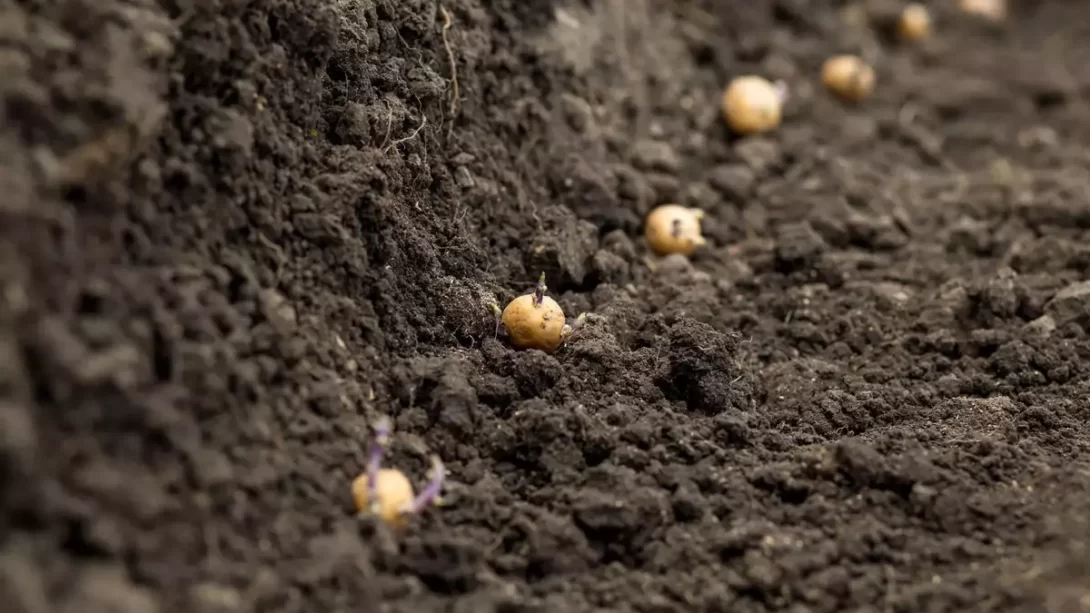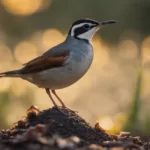Potato cultivation is a rewarding aspect of gardening, particularly in Oregon where the climate can be conducive to growing this versatile crop. Known for its rich agricultural landscape, Oregon offers a unique environment for gardeners looking to plant potatoes. This article aims to provide Oregonians with comprehensive guidance on the optimal time for planting potatoes, taking into account the state’s diverse climate.
Oregon’s Climate
Oregon’s climate varies significantly across the state, ranging from coastal regions with wetter climates to eastern areas characterized by a drier, more continental climate. This diversity means that the timing for planting potatoes can differ depending on where you are in Oregon. Understanding the local climate and how it affects soil conditions and frost dates is crucial for planning your potato planting.
Best Time to Plant Potatoes in Oregon
Generally, potatoes are best planted in Oregon after the danger of frost has passed and when the soil is workable. This typically falls around early to mid-spring:
- Coastal and Western Oregon: In these regions, where winters are milder, planting can often begin as early as March.
- Central and Eastern Oregon: For gardeners in these areas, it’s usually safer to wait until April or even early May to plant, as the risk of frost is higher and lasts longer.
It’s important to monitor the soil temperature, which should ideally be around 45 to 50 degrees Fahrenheit for potato planting. Planting when the soil is too cold or wet can hinder growth and lead to rot.
Factors Influencing Planting Time
Several key factors should be considered when deciding the planting time for potatoes in Oregon:
- Soil Temperature: Potatoes require moderately warm soil for optimal growth. Using a soil thermometer can help determine the right planting time.
- Last Frost Dates: Being aware of the average last frost dates in your specific area is vital. Planting after this date reduces the risk of frost damage to the young plants.
- Local Weather Patterns: Unpredictable weather patterns, especially in transitional seasons like spring, should be taken into account. Delaying planting after a particularly wet or cold spell can be beneficial.
Preparing for Planting
Before planting potatoes in Oregon, some preparatory steps can ensure a successful and healthy crop:
- Soil Preparation: Potatoes thrive in well-drained, loose soil. Adding organic matter such as compost can improve soil structure and fertility. It’s important to ensure the planting area is free from large stones or debris that can impede the growth of the tubers.
- Choosing Potato Varieties: Selecting the right varieties for Oregon’s climate is crucial. Early-season varieties are often suitable for cooler regions, while mid- to late-season varieties can be ideal for areas with a longer growing season. Varieties like Yukon Gold, Russet, and Red Pontiac are popular choices among Oregon gardeners.
- Chitting Potatoes: Pre-sprouting, or ‘chitting,’ involves allowing seed potatoes to develop sprouts before planting. This process can give your potatoes a head start, especially in regions with a shorter growing season. Place the seed potatoes in a light, cool area until sprouts start to form.
Planting Process and Techniques
Once the soil is prepared and the potatoes are ready, follow these steps for planting:
- Planting Depth and Spacing: Plant seed potatoes about 2 to 3 inches deep, with a spacing of 12 to 14 inches apart in rows. The rows should be spaced about 2 to 3 feet apart to allow for growth and hilling.
- Hilling: As the plants grow, gradually mound the soil around the base of the plants. Hilling prevents the tubers from being exposed to sunlight, which can cause them to turn green and become toxic.
- Watering and Fertilizing: Potatoes need consistent moisture, especially during tuber formation. Water the plants regularly, keeping the soil moist but not waterlogged. A balanced fertilizer can be applied at planting and again when tubers begin to form.
Common Challenges in Growing Potatoes in Oregon
Growing potatoes in Oregon can present challenges such as pests (like Colorado potato beetles) and diseases (like blight). Selecting disease-resistant varieties and practicing crop rotation can help mitigate these issues. Regular monitoring and early intervention when problems are detected are key to maintaining a healthy crop.
Conclusion
Planting potatoes in Oregon can be a rewarding endeavor for any gardener, thanks to the state’s favorable growing conditions. However, success largely depends on timing the planting correctly, preparing adequately, and providing the necessary care throughout the growing season. By understanding Oregon’s diverse climate, gardeners can determine the best planting time, whether it’s as early as March in coastal and western regions or waiting until April or May in central and eastern areas.
Preparation is key, from choosing the right potato varieties suited to Oregon’s climate to ensuring the soil is well-prepared and nutrient-rich. The practice of chitting can give your potatoes a valuable head start, especially in regions with shorter growing seasons. Once planted, consistent care through proper hilling, watering, and fertilizing will help foster healthy growth and a bountiful harvest.
Gardeners in Oregon should also be vigilant about common challenges such as pests and diseases. Implementing strategies like crop rotation, selecting resistant varieties, and regular monitoring can help in maintaining a healthy crop.
In summary, with careful planning and attention to detail, planting potatoes in Oregon can yield a plentiful and satisfying harvest. Understanding the unique requirements of potato cultivation in this region allows gardeners to enjoy the process from planting to harvesting. Whether for culinary enjoyment or the simple pleasure of gardening, growing potatoes in Oregon can be a fruitful and enjoyable experience.




